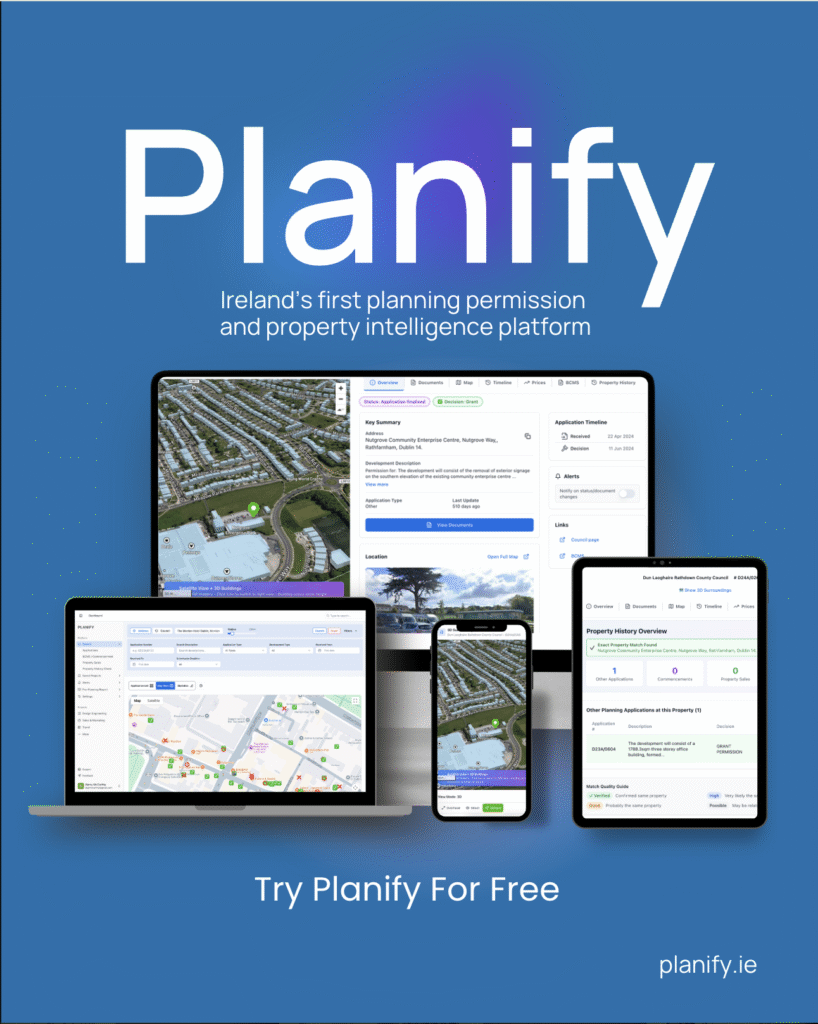Planning Permission Application Process for Commercial Projects

Introduction
The planning permission application process for commercial projects involves a series of steps designed to ensure that the development complies with local planning policies, building regulations, and any other relevant legislation. While there are similarities with the residential planning process, commercial projects often entail additional complexities due to their scale, potential impact on the local economy and environment, and specific operational requirements. This guide will walk you through the key stages of the planning permission application process for commercial projects, highlighting aspects that may differ from residential applications.
1. Pre-application Research and Consultation
Commercial Specifics: For commercial developments, it’s crucial to understand the local economic development strategy and how your project aligns with it. This may influence the likelihood of obtaining planning permission. Pre-application consultation with the local planning authority (LPA) is highly recommended for commercial projects. This can provide valuable feedback on the feasibility of your project and any potential issues that may arise. Engaging with the community and other stakeholders early on is also more critical for commercial projects due to their potential impact on local businesses and infrastructure.
2. Preparing Your Application
Commercial Specifics: The preparation of a commercial planning application often requires more detailed and technical documentation compared to residential projects. This includes:
- Site and Location Plans: These should detail the site’s context within the local area, access points, and the relationship with surrounding properties.
- Design and Access Statements: For commercial projects, these statements need to address not only the design and aesthetic considerations but also operational aspects such as delivery access, parking, and waste management.
- Economic Impact Assessments: Depending on the scale of the project, you may need to include an assessment of the development’s impact on the local economy, job creation, and any potential effects on existing businesses.
- Environmental Impact Assessments (EIA): Larger commercial projects may require an EIA to assess the potential environmental effects and propose mitigation measures.
3. Submitting Your Application
Commercial Specifics: Submission of a commercial planning application is similar to the residential process but expect higher scrutiny due to the potential impacts of commercial developments. Ensure that all the required documents are submitted to avoid delays. The fee for commercial applications is generally higher and varies depending on the size and nature of the development.
4. Public Consultation and Engagement
Commercial Specifics: Once the application is submitted, the LPA will publicise it to allow for public consultation. For commercial projects, this stage is particularly important as it offers an opportunity for local businesses, residents, and other stakeholders to provide feedback. Proactively engaging with these groups can help address concerns and demonstrate the benefits of your project to the community.
5. Decision Making
Commercial Specifics: The decision-making process for commercial applications may involve additional considerations compared to residential projects. The LPA will assess the application against local planning policies, focusing on the development’s economic impact, traffic generation, environmental sustainability, and integration with the local area. For significant projects, the decision may also involve consultations with other statutory bodies or even be referred to the national government.
6. Post-decision Requirements
Commercial Specifics: If planning permission is granted, it may come with conditions specific to commercial operations, such as hours of operation, noise mitigation measures, and landscaping requirements. Fulfilling these conditions is essential before the development can proceed. If the application is refused, the appeals process for commercial projects is similar to residential, but given the stakes involved, it’s advisable to seek professional advice.
Conclusion
The planning permission application process for commercial projects requires careful preparation, detailed documentation, and proactive engagement with stakeholders. Understanding the specific requirements and potential impacts of your commercial development will help navigate the process more effectively. Given the complexity and scale of commercial projects, consulting with planning professionals and legal advisors is often crucial to achieving a successful outcome.




